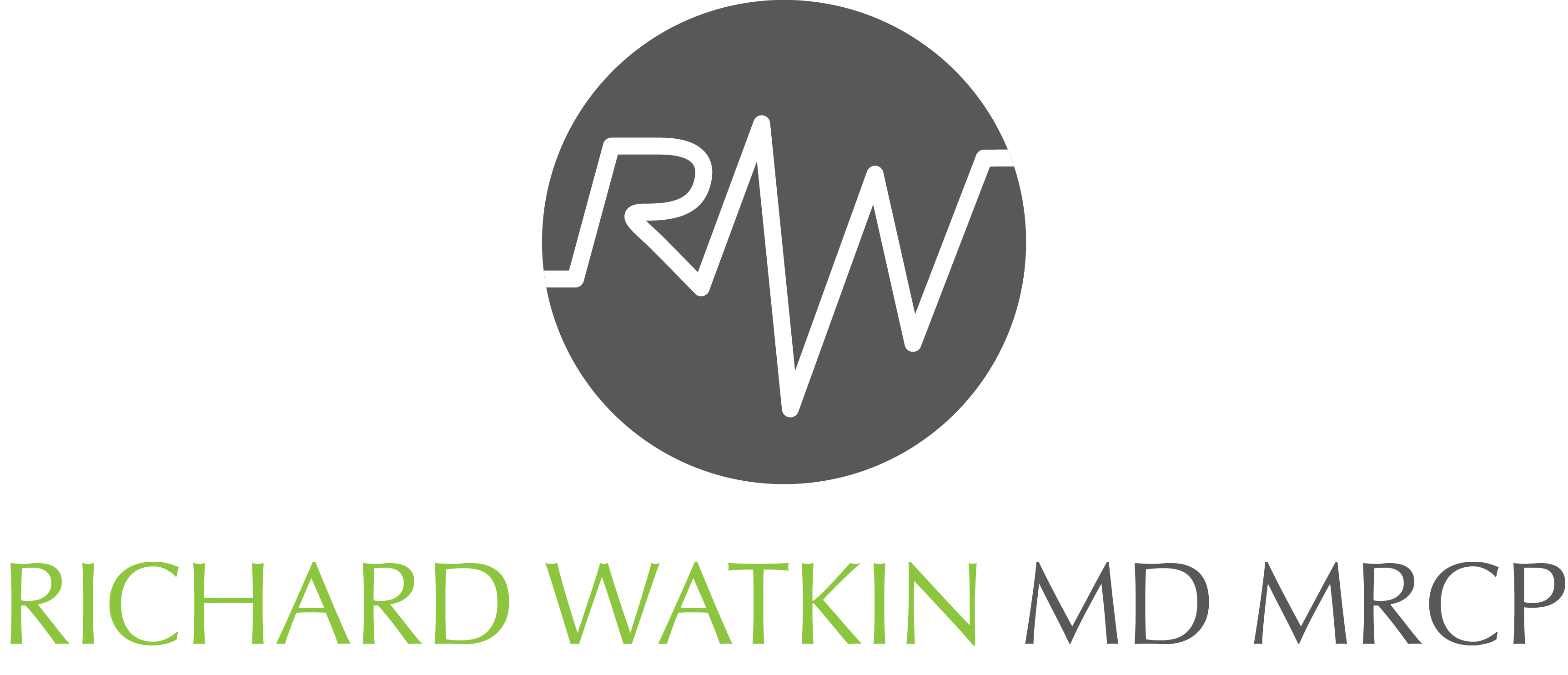CARDIAC INVESTIGATIONS
When you attend a cardiology clinic your consultant will take your history and do a physical examination. It is likely that they will request further investigations. These may include the following:
(Click on the links for more information)
Electrocardiogram (ECG)
An electrocardiogram (ECG) is a tracing of the electrical activity of the heart and is an essential component if cardiac investigation. It can give clues to underlying electrical or structural cardiac problem.
www.bhf.org.uk/heart-health/tests/ecg
Echocardiogram
An echocardiogram is an ultrasound type imaging test of the heart. It is used to c visualise the valves, the overall heart function and the pericardium. It is normally done in a darkened room by either your consultant or an echocardiographer.
www.bhf.org.uk/heart-health/tests/echocardiogram
Coronary angiography
Coronary angiography is an invasive test to look at your coronary arteries. It is a day case procedure. Usually it is done from an artery the right wrist or the top of the right leg. A small tube (sheath) is place under local anaesthetic and through this longer tubes (catheters) are passed up into the heart under x-ray guidance. Dye (contrast) is injected into the arteries and x-ray pictures are taken. This is frequently combined with a right heart catheter where a second sheath is placed in the vein and pressure measurements and blood samples are obtained from the right side of the heart and the lungs. Coronary angiography is safe, but has small risks. Bleeding can occur from the access point and some people can be allergic to the contrast. Serious complications such as death, heart attack or stroke occur in fewer than 1:1000 cases.
www.bhf.org.uk/heart-health/tests/angiogram
Percutaneous coronary intervention (PCI) or Stenting
When narrowings are found in the coronary arteries it may be that your consultant recommends the insertion of a stent. This can be done in a similar way to an angiogram. Usually a balloon is used to open a narrowed or blocked vessel and following that a stent deployed into the wall of the vessel to hold it open and prevent to vessel closing again. Stents can elute a drug into the vessel to help prevent re-narrowing over time. The risk of a serious complication is small. The risk of death, stroke, heart attack or the need for emergency surgery is 1%. Bleeding from the access point is more common but rarely serious.
www.bhf.org.uk/heart-health/treatments/coronary-angioplasty-and-stents
Pacemakers
Pacemakers are used to prevent to heart going inappropriately slowly. They are inserted usually through a vein under the collar bone and wires are placed inside the right side of the heart. The procedure is done as a day case usually and under local anaesthetic. It can take up to an hour to complete the insertion and you will be followed up lifelong. Commoner complications include infection or bleeding. The leads rarely move, but if they do they sometimes need repositioning. You will be given antibiotics around the time of insertion and the procedure is done in a theatre environment. In 1% of cases a needle may enter the lung cavity which can cause the lung to deflate (pneumothorax). Usually it re-inflates on its own but in some cases a chest drain is required.
www.bhf.org.uk/heart-health/treatments/pacemakers
www.bhf.org.uk/heart-health/tests/implantable-loop-recorders
Renal sympathetic denervation
This is a new technique to treat people with have hypertension (high blood pressure) which is resistant to medications. Evaluation for this treatment is meticulous and done within a multidisciplinary environment. The RDN team at Heart of England have a 50% success rate in achieving meaningful reductions in blood pressure with this therapy. For further information please use the following link:
http://www.mici.education/portfolio/portfolio-filtered-by-category/renal-sympathetic-denervation/
For more information on all aspects of heart disease and investigation of heart disease, or should you wish to donate to the British Heart Foundation, please click below:
www.bhf.org.uk/healthcare-professionals/resources-for-patients
HOSPITALS ATTENDED
